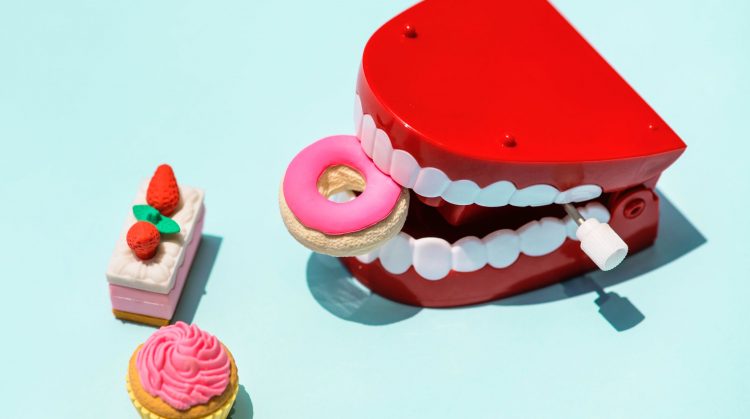
June 23, 2022
9 myths about Dental Implant Restorations

The finding of rudimentary Egyptian prostheses dated over 3,000 years BC it is the clearest testimony to the fact that man has always tried to restore dental elements lost during his life.
Dental implants, which have replaced removable prostheses since the 1990s, today represent the first and best therapeutic option for those who lack one or more teeth and want to perfectly restore the chewing function and recover the pleasure of smiling.
Furthermore, for some time now, the option of immediate load dental implants has also been available, a technique on which we want to present in this article describing it in its various phases of execution.
We can say that man has always been interested in restoring lost dental elements.
This is evidenced by the findings of rudimentary prostheses, made by the Egyptians and dating back to 3,900 years before Christ, which aimed to solve the problem of edentulia (lack of teeth).
It was mostly teeth that were re positioned with metal wires attaching them to the neighboring teeth.
The purpose of these prostheses was certainly to recover at least part of the masticatory function; while, although the
Egyptian civilization was very refined, dental aesthetics was, at the time, still a distant dream.
1900 was a century marked for almost all its extension by the removable prosthesis, in its partial (skeletal) or total (denture) version.
The removable prosthesis was widely used until the 70s and 80s, then something changed in the early 1990s. In fact, dental implants appeared at the end of the century.
Affordable dental implants have quickly conquered a large slice of the market and today they represent the first therapeutic choice for the patient who has lost one or more teeth and wants to recover full masticatory function, as well as rediscover the pleasure of smiling, effectively supplanting the prosthesis removable, now gone out of use.
This means being able to offer to elderly people (or even young people, but who have had little care of their oral health) an excellent alternative to the sad and depressing ritual that requires removing the denture before going to bed, soaking it overnight in a glass that contains water and disinfectant, and then wears it again the next morning.
A dental implant is nothing more than an artificial titanium “root” that can be inserted into the bone to replace the lost natural root. A titanium crown can be screwed onto the titanium implant which restores the same masticatory and aesthetic function as the natural tooth that we find in a healthy mouth.
The two techniques that can be used for immediate load dental implants
The arrival of implants in dentistry was a revolution. And today, thanks to the most modern implant techniques, it is possible to perform complete rehabilitation, which affect the entire mouth, in just twenty-four hours.
The patient enters the studio in the morning, completely without teeth or only with the few residues, complete local anesthesia is applied to the affected arch and surgery is started.
The first step is the elimination of the remaining teeth, to continue with the positioning of the necessary implants inside the bone.
There are two techniques: the first involves the use of two front vertical implants and two long rear obliques, called “all on four” (translatable into “all with four”); the second, called “all on six”, involves the use of six implants positioned parallel to each other, two front, two lateral and two posterior. This surgical session, depending on the technique, lasts between sixty and ninety minutes.
At this stage, it follows that of taking the precision impressions, very delicate as through these the specialized dental technician will start the preparation of the prosthesis in the short time between the intervention and the delivery.
The patient is discharged with the appropriate therapies and invited to show up around twenty-four hours for the delivery of the prosthetic device.
This second phase takes place with the locking of the prosthesis on the implants, which will therefore be screwed and stable, generating a great sensation of comfort for the patient, satisfied by the great aesthetic result achieved and the complete restoration of the masticatory function.
Although it appears to be a very invasive technique, this clinical procedure involves a minimum discomfort for the patient, who quickly integrates the new artificial structure into his oral cavity, immediately enjoying great benefits without suffering side effects.
When I met this technique several years ago, I immediately realized its great potential for restoring the health and well-being of the patient, and I always recommend it as a decisive element for returning to active life with full satisfaction and bright smiles.